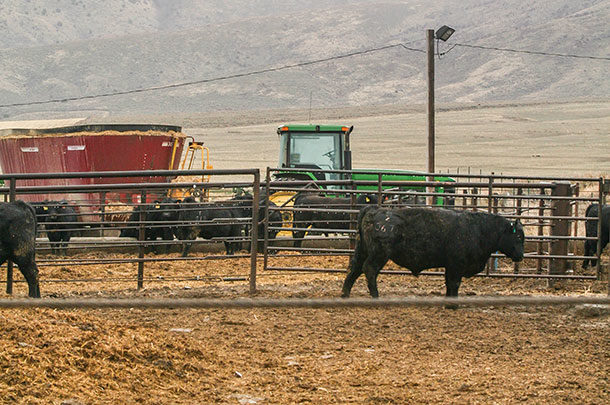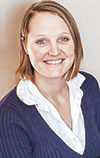One important evaluation tool that is many times overlooked is recordkeeping. There are many different methods of recordkeeping. Some individuals feel they are doing well if they have money in the checkbook; others use their Schedule F (which has an accelerated depreciation and may give an unrealistic annual cost for overhead items). The best record systems take into account whole farm financial records, enterprise analysis and cattle performance records. By implementing adequate and accurate recordkeeping, we can more easily evaluate the enterprise, measure the impacts of management changes, look for areas of improvement and justify purchases. It is important to keep in mind that we can’t manage what we don’t know.
Financial records are divided into two categories, direct and overhead costs. Direct costs are the expenses impacted by the number of cows present in the enterprise. As cow numbers increase, so do the direct costs. Overhead costs are not impacted by the increase or decrease of the number of cows in the herd, and they are not always the easiest to track as many times overhead costs are shared among multiple enterprises for one farm.
Direct costs
- Purchased and homegrown feed
- Veterinary supplies and care
- Fuel and oil
- Operating interest
Overhead costs
- Housing
- Equipment
- Land costs
- Depreciation
- Interest
- Repairs
- Taxes
- Insurance
Typically, when we compare financial records among farms, we see little differentiation between the most profitable and least profitable farms when it comes to the financial impact associated with direct costs. Overhead costs are a completely different story and tend to have the greatest impact on the cow-calf enterprise’s profitability, with the largest financial burden involving interest and equipment and building depreciation. This may be due to having more equipment than what the enterprise truly needs or can sustain. It could also signify too new of equipment, especially when coupled with high interest. The high interest values may also be due to having loans at the bank for land or buildings, all of which have an impact on overhead costs.
Understanding the overhead cost of owning equipment can help us prevent “iron fever” or owning more newer equipment than is necessary or feasible for our enterprise, as this can be detrimental to our profitability. Sometimes we can hire and have it done for less than we can do it ourselves. There are many tools available to help us determine ownership and operating costs associated with owning equipment. If we want to own our own equipment to ensure everything gets done in a timely manner, we may need to consider diversifying enterprises or hiring ourselves out as custom work to spread out the overhead cost on more acres or per more hours.
We need to be better than average when it comes to our management skills and financial records. Using average costs of production can be dangerous to our enterprises. To gain a better understanding of the dangers of using average costs of production, we pulled data from the University of Minnesota’s Center for Farm Financial Management FINBIN and looked at the net returns for cow-calf operations in the top 60% to 80% and averages from 2008 to 2017. In eight out of the 11 years, being average experienced a net loss. You need to know your cost of production numbers and must strive to be better than average. Being average more often than not is simply not good enough to land a profit.
Cow-calf enterprises do not handle overhead costs well, which is why we must strive to be better than average by making educated, calculated decisions. Keeping accurate financial records helps us as producers achieve this. It is important to keep in mind that we cannot manage what we do not measure. ![]()
PHOTO: Understanding the overhead cost of owning equipment can help prevent "iron fever" or owning newer equipment than necessary. Staff photo.
Amanda L. Cauffman is a Grant County agricultural educator for the University of Wisconsin – Madison Division of Extension. Email Amanda Cauffman.









